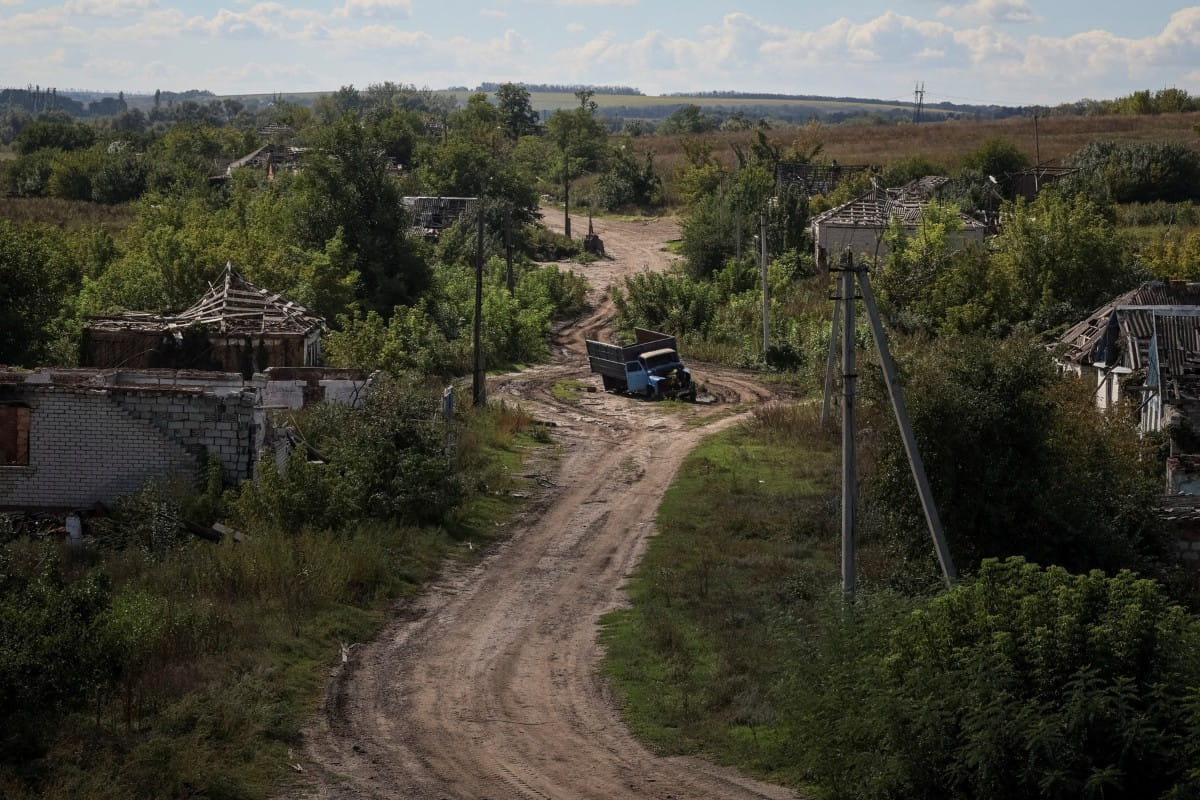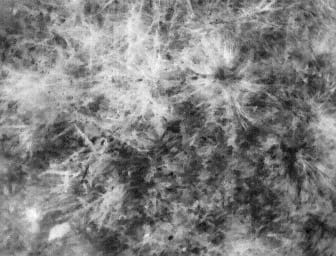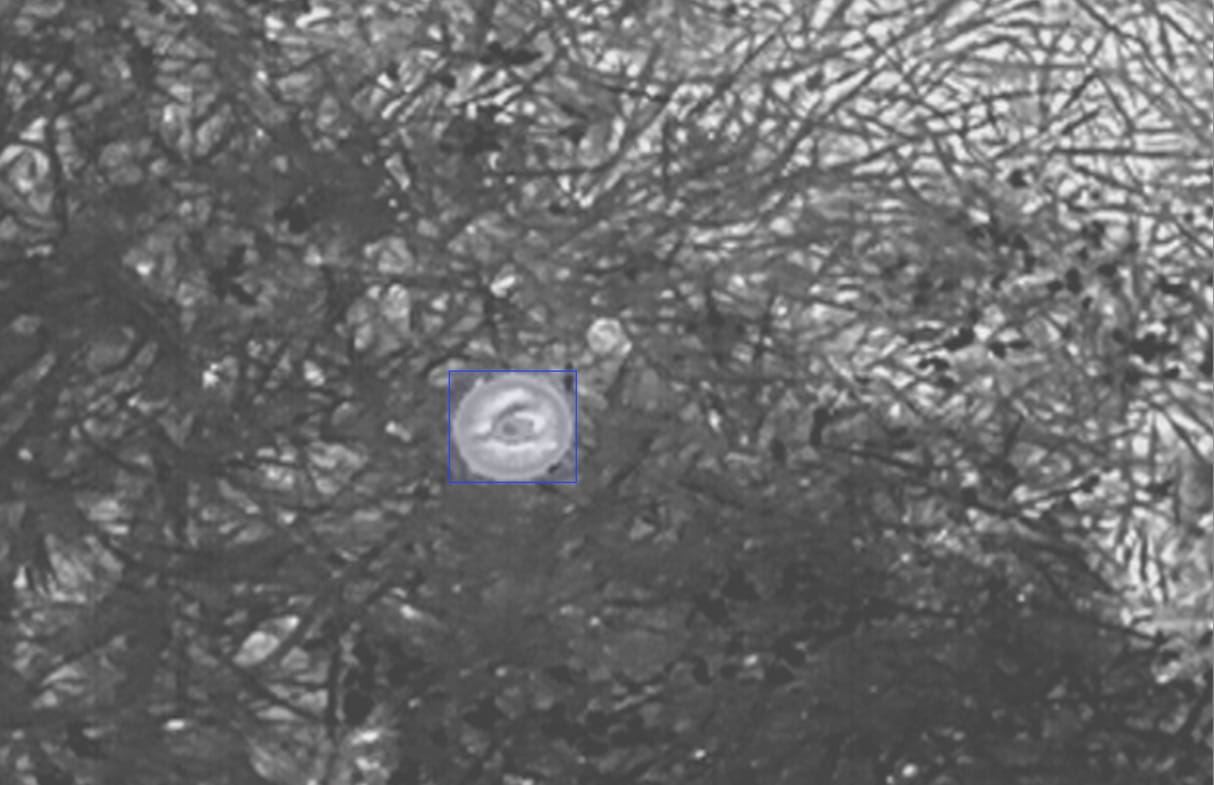UAV-based Landmine Detection (WIP)
A computer vision project for landmine detection in active conflict zones using UAV-collected thermographic imagery, implemented with CVAT for annotation and YOLO for real-time object detection.

Overview
The detection and safe removal of landmines in conflict zones is a critical issue that impacts humanitarian efforts, civilian safety, military operations, economic recovery, environmental restoration, and global food security. Traditional methods of landmine detection, while effective, can be dangerous and slow. UAV-based systems, equipped with thermographic cameras, offer a safer, more efficient solution for detecting landmines, especially in areas that are too dangerous for traditional detection teams. This project utilizes computer vision techniques to automatically identify landmines in UAV-collected thermographic imagery, significantly accelerating demining efforts and enhancing safety.
With CVAT for data annotation and YOLOv11 for real-time object detection, this system not only improves the precision of landmine detection but also enables scalable deployment in a variety of conflict zones, such as those in Ukraine. This technology helps to mitigate the immediate threat to civilian lives and supports long-term recovery by reducing the dangers posed by unexploded ordnance.

Why it matters
- Protection of Civilian Life: Landmines continue to pose a significant risk to civilian populations, especially in conflict zones like Ukraine, where large areas remain contaminated. These mines kill and injure civilians, hinder the return of displaced populations, and make recovery efforts far more challenging.
- Humanitarian Crisis: In Ukraine, approximately 23% of the land is contaminated with landmines, hindering the return of displaced persons and delaying national recovery efforts. This widespread contamination deepens the ongoing humanitarian crisis and prolongs the suffering of communities affected by the conflict.
- Global Food Security: Landmine contamination severely impacts agriculture by rendering farmland unusable. In Ukraine, a key global exporter of wheat, maize, and sunflower oil, this poses a critical threat to food production and global food security. The resulting supply shortages drive up international food prices, disproportionately affecting vulnerable regions such as parts of Africa and Southeast Asia, where populations are heavily reliant on affordable grain imports.
- Economic Consequences: The landmine contamination of agricultural land in Ukraine leads to significant economic losses, with an estimated annual reduction of around two million tons of agricultural produce. This translates into more than 1.5 billion euros in lost output each year. The situation makes it difficult for farmers to repay agricultural loans and calls for long-term financial and infrastructural support to restore productivity and ensure food security in the affected regions.
- Environmental Impact: Beyond human and economic costs, landmines also cause environmental damage, including soil degradation and ecosystem destruction. The lengthy process of demining is necessary to restore the land for agricultural use and protect the environment from further harm.

